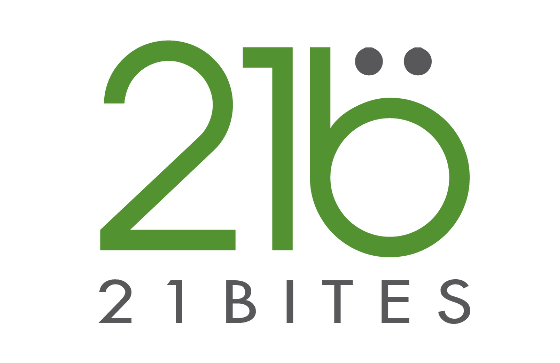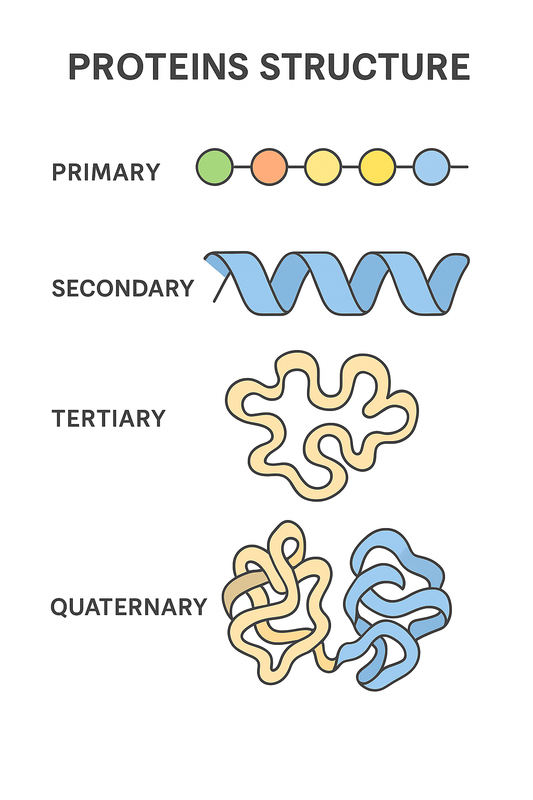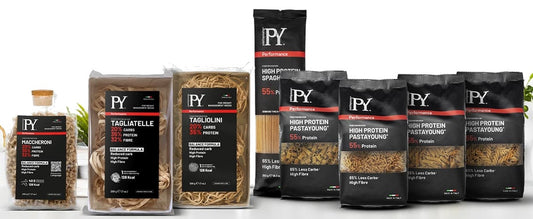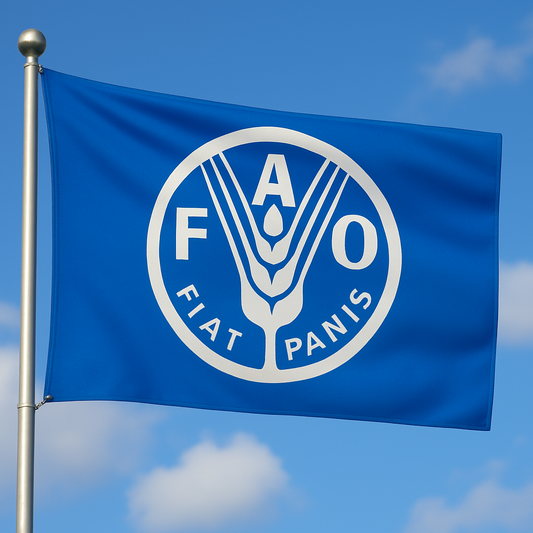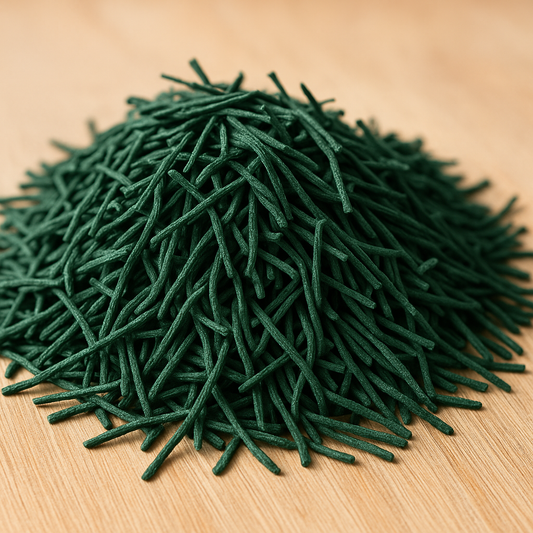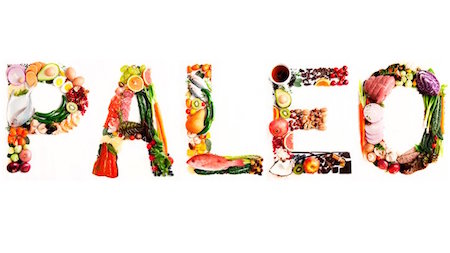
Paleodiet and edible insects
Share
Being insects an excellent and indisputable protein source (among other things, destined to be increasingly “in vogue” with the passing of time), we may reflect that their use as food could belong to an even older tradition respect what we already imagine.
The Paleodiet for example, the typical Paleolithic diet, has its foundations in that period before the discovery of agriculture and stockbreeding: this diet goes back more than 10,000 years ago, and according to experts, the foods consumed at that time would be only those that could be collected or hunted (so insects as well!).
Authors like Voegtlin, Eaton or Cordain argue that the diet would evolve in too narrow times to allow our organism to adapt genetically to “new” foods such as legumes, cereals, dairy products and refined sugars, blaming them even to be the cause of all the illnesses of our millennium: in their view, a return to more ancestral food can only benefit our body. The foods “admitted” in line with this theory would be: fruit, vegetables, meat, fish, eggs, seeds, nuts, roots, tubers (topinambur, daikon, dandelion, parnsip or sweet potatoes), herbs, fungi and algae.
Other foods should be avoided: cereals and pseudo-cereals as first, since their excessive sugar content would make them responsible for an inflammatory state that could lead to multiple pathologies; legumes would be too high in anti-nutrients while milk and dairy products are considered dangerous because they are rich in fatty acids (especially saturated); not to mention all the refined foods, dietary supplements, salt, sugar, seasoning fat, sweet drinks and preserved foods that would form the perfect mix to let us go to heaven faster!

To give an idea, the distribution of macronutrients in the classical “Mediterranean diet” would thus be represented: carbohydrates 45/60% of total daily energy, lipids 20/30%, while proteins about 15%. For the paleodiet the guidelines tell us about a daily dose of 20-35% of protein, 20% and 40% of carbohydrates and the rest of fat.
Having an high protein content, the introduction of insect-based products in the diet could only benefit all Paleo-supporters, as it would reduce the protein derived exclusively from meat and fish (remember that legumes are not allowed in the paleodiet!) and make daily nutrition a more varied.
Find the perfect paleo edible insects products on our shop!
